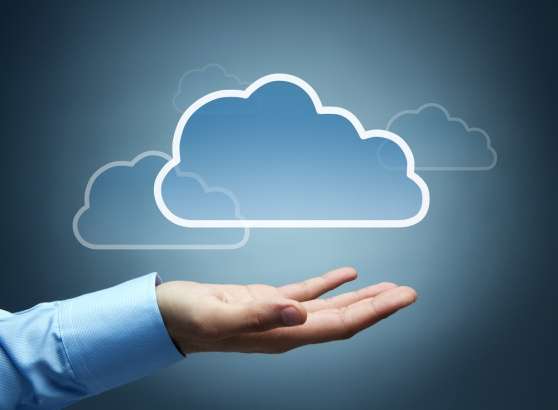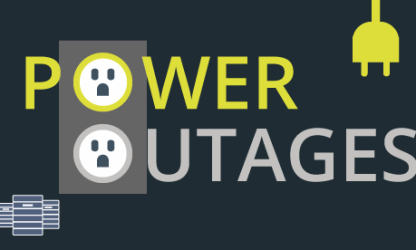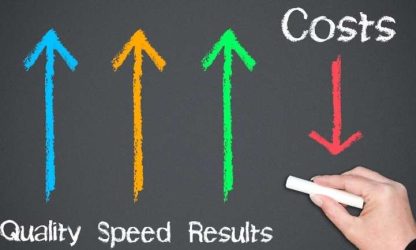Adoption of Software-as-a-Service (SaaS) is accelerating and many organizations are realizing the transformative benefits in 2017.
Here is a look at a few of those benefits, as well as potential security concerns, current trends, and predicted growth in the market.
What is SaaS?
SaaS is a cloud provisioned, subscription-based method of software delivery that allows data to be accessed anywhere, from any device. All the user needs is an Internet connection and web browser or mobile app. Software vendors host and maintain the servers, databases, and code that make up the application.
Companies don’t have to invest in expensive hardware to host the software, and they are relieved of most of the IT responsibilities typically required to troubleshoot and maintain the software. The SaaS provider takes care of it all.
With traditional on-premises software applications, you purchase the software upfront as a package and then install it onto your user’s computers. The software’s license may limit the number of users and/or devices where the software can be deployed. SaaS users, however, subscribe to the software rather than purchase it, usually on a monthly basis.
SaaS and Data Security Risks
SaaS applications, similar to other cloud services, require precautions and safeguards for data use, storage, and backup.
While SaaS can reduce costs for many companies, there are definite risks to be aware of, including the following:
Traffic hijacking:
With SaaS, exploitation of applications can result in the theft of credentials. With stolen credentials, cyber criminals can access critical areas of the SaaS infrastructure, which enables them to compromise the availability and integrity of those services.
Botnets:
SaaS architectures are potential targets of cyber criminals who could infect servers and create botnets that steal data or launch cyber-attacks. For example, they could exploit SaaS applications that lack security for sign-up procedures, which will enable them to create thousands of non-existent users on websites that are using the SaaS application.
Data breaches:
Encrypting your data to ward off data breach attacks may have worked in the past, but sophisticated cyber criminals can break in through encrypted controls. Once they’ve gained access, hackers will exploit customer information and may even render some hosted applications or entire servers useless.
Any company’s data faces the risk of getting exposed regardless of where it is housed, so organizations of all kinds should stay updated on the threats and respond appropriately to increase security.
How SaaS has performed over the years
A recent ZDNet article explores the growth and diversification of the SaaS market as well as the level of adoption throughout the business space.
According to the article, Gartner’s 2015 Cloud Computing Hype Cycle report, placed SaaS well on the way toward the ‘Plateau of Productivity’ (the final stage, where mainstream adoption has been achieved). Salesforce.com, founded in 1999, was the original ‘poster child’ for SaaS, which explains the pole position of Sales Force Automation SaaS in Gartner’s Hype Cycle. Salesforce is now a $55B company and remains the enterprise SaaS market leader, despite impressive growth from software giants like Microsoft, Adobe, and SAP.
Horizontal vs vertical SaaS
“Horizontal” applications address broad business functions; accounting and finance, analytics and business intelligence, collaboration, customer relationship management (CRM), ecommerce, enterprise resource planning (ERP), human resources (HR), and security.
However, one size of enterprise software doesn’t necessarily fit all customers. If you’re a health care provider, you may want to deploy cloud services tailored for your particular needs. When it comes to mission-critical functionality, you’re going to require a specialized SaaS vendor with deep expertise in your particular industry.
“Vertical” SaaS applications address the key business issues for particular markets – a sector also known as Industry Cloud. Venture capital firm Emergence Capital Partners (ECP) specializes in funding vertical SaaS companies and has mapped a burgeoning industry cloud landscape comprised of over 400 firms in a wide range of vertical markets, headed by health care and energy/utilities.
Outlook for the SaaS market?
SaaS continues to diversify into more vertical markets, while the bigger players are increasingly adopting PaaS functionality to boost customer retention via add-on ecosystems.
Mobility and user experience are becoming increasingly important, as are cloud-based offerings based on APIs and micro-services. Meanwhile, successful SaaS companies tend to have a good record on customer churn and service upsell.
Issues with shadow IT, security, compliance, and integration with legacy on-premises software may continue to be a barrier for certain businesses. Like any other cloud-based service, due diligence is required when outsourcing to a provider.
For more information on what cloud services are right for your business, contact us for a free Infrastructure Assessment consultation. We will identify any gaps in your current infrastructure, as well as areas for cost savings.




